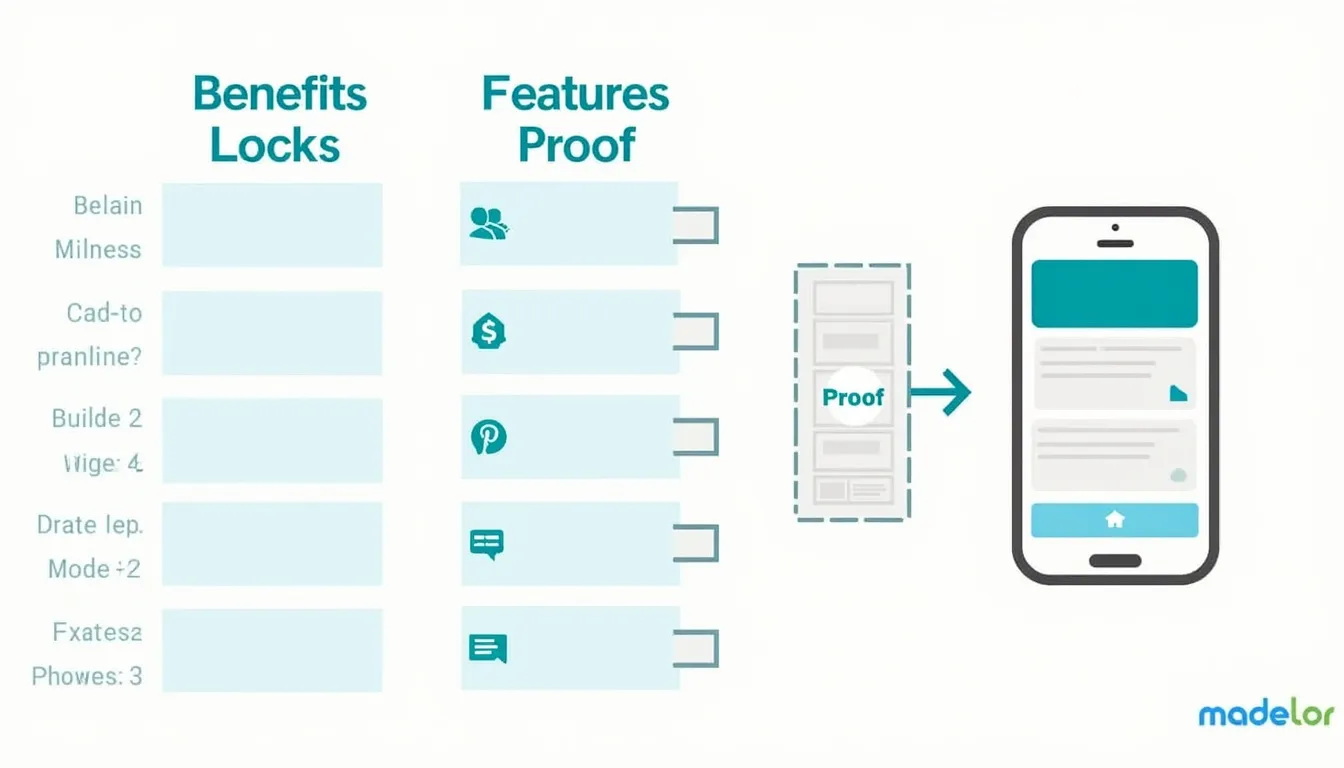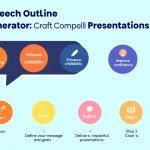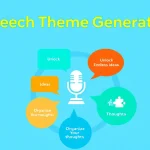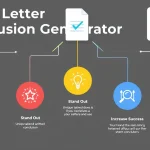Is this tool helpful?
How to use the tool
- Describe your offer. Paste a concise, factual summary.
Example 1: “Subscription-based language app with 10-minute AI lessons and speech feedback.”
Example 2: “Solar-powered outdoor camera with 2K night vision and two-way audio.” - Define the ideal customer persona. Note demographics, goals, and pain points.
Example 1: “Busy parents 25-40 seeking flexible kids’ learning tools.”
Example 2: “Homeowners in sunny climates wanting low-maintenance security.” - Add optional guidance. Mention tone, goals, or constraints.
Example 1: “Goal: highlight eco-friendliness; avoid jargon.”
Example 2: “Tone: conversational; stress zero subscription fees.” - Click “Generate.” The form calls the process_llm_form API and returns a structured outline under Benefits, Features, and Proof headings.
- Review & deploy. Copy the text into ads, landing pages, or emails, adjusting voice and length as needed.
Quick-Facts
- BFP structure popularised in “Tested Advertising Methods” (Caples, 1998).
- Consumers read online screens for 8 seconds on average (Microsoft Attention Spans research, 2015).
- Testimonials lift perceived trust by 72 % (Nielsen Global Trust in Advertising, 2021).
- Personalised campaigns raise marketing ROI by up to 20 % (McKinsey “Next in Personalization,” 2021).
FAQ
What is the Benefits-Features-Proof framework?
BFP lists the payoff first, backs it with specifics, then closes with evidence, echoing direct-response copywriting principles (Bly, 2005).
Why does proof matter in marketing messages?
Proof—reviews, data, or certifications—reduces risk perception, boosting purchase intent by 34 % (BrightLocal Local Consumer Review Survey, 2023).
How detailed should my product description be?
Use 40-60 words; clarity trumps length. “Specific is believable,” notes the DMA Copywriting Handbook (DMA, 2020).
Can I reuse the outline across channels?
Yes. Adapt wording but keep benefit-feature-proof order for emails, ads, and decks to ensure message consistency (AMA, 2022).
How do I measure campaign success?
Track click-through, conversion, and return-on-ad-spend. Tie metrics to the outlined benefit promised (Google Ads Help, 2023).
Is the generator suitable for non-marketers?
Yes. Guided fields replace jargon with plain prompts, making structured copy accessible to any role (Content Marketing Institute, 2021).
How often should I refresh my inputs?
Update when product, audience, or market shifts—minimum quarterly—to keep benefits relevant (Gartner Marketing Guide, 2022).
What data is stored when I submit the form?
The API saves input text and timestamp only for processing; no personal identifiers retained, complying with GDPR principles (EU GDPR Art. 5, 2016).
Important Disclaimer
The calculations, results, and content provided by our tools are not guaranteed to be accurate, complete, or reliable. Users are responsible for verifying and interpreting the results. Our content and tools may contain errors, biases, or inconsistencies. Do not enter personal data, sensitive information, or personally identifiable information in our web forms or tools. Such data entry violates our terms of service and may result in unauthorized disclosure to third parties. We reserve the right to save inputs and outputs from our tools for the purposes of error debugging, bias identification, and performance improvement. External companies providing AI models used in our tools may also save and process data in accordance with their own policies. By using our tools, you consent to this data collection and processing. We reserve the right to limit the usage of our tools based on current usability factors.







